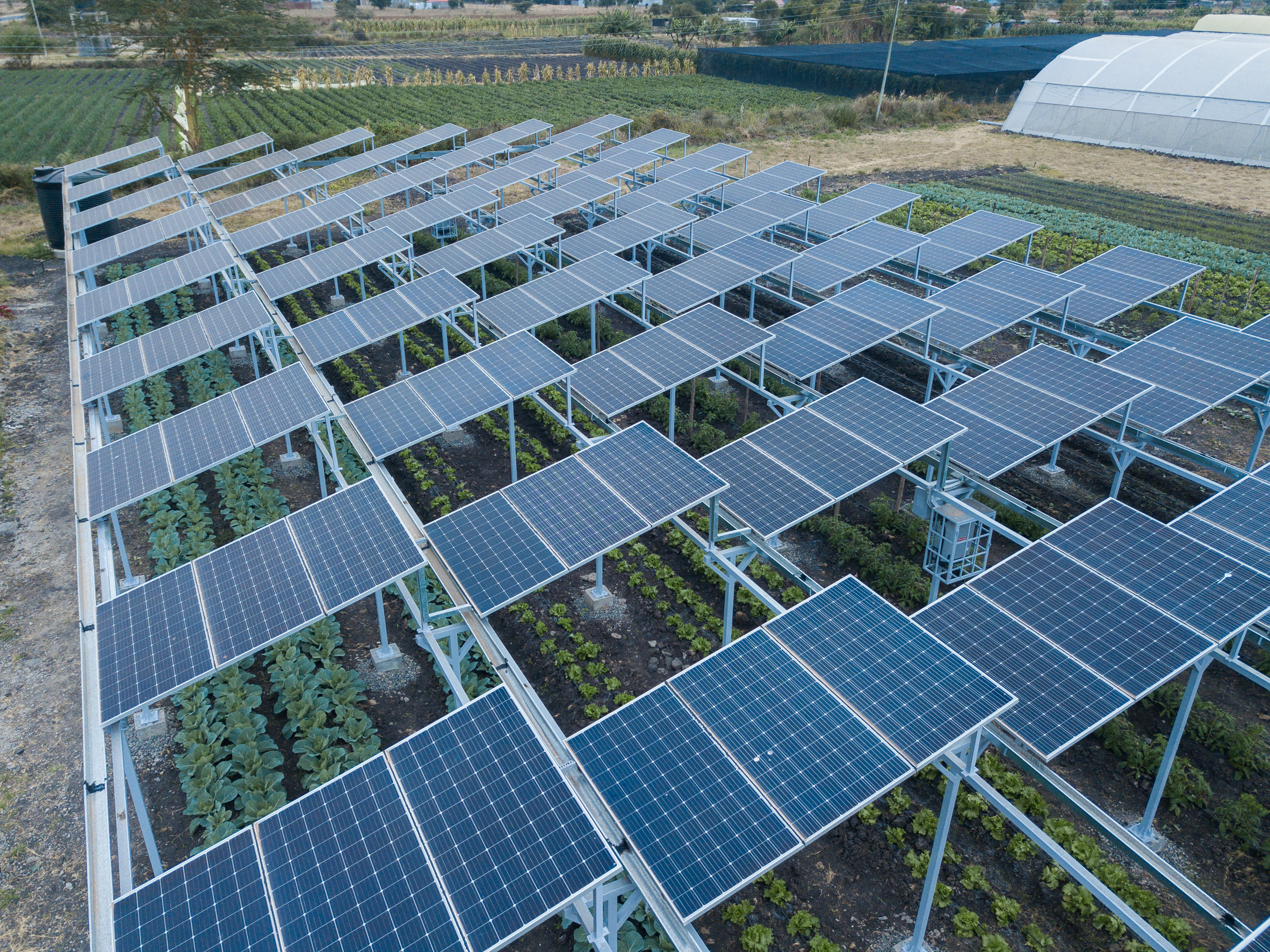 © Translucent solar panels supplied by BGR will soon replace traditional windows
© Translucent solar panels supplied by BGR will soon replace traditional windowsThe search for truly clean energy sources to replace our current fossil fuel system is still ongoing. While we've seen advances in solar cells that don't need sunlight to generate power, we still haven't solved the problem of solar panel transparency. Now, a group of researchers in Japan have taken a very promising step toward creating transparent solar panels.
Over the years, solar panels and solar power have changed the way we think about consumer energy production. But solar panels are still expensive and take up a lot of space. What if we made transparent solar panels that could replace windows?
That seems to be the idea of a new paper published by researchers in the journal Scientific Reports earlier this year. According to the paper's authors, they may have finally found a way to create what they call an invisible solar cell. These transparent solar panels can actually be attached to windows, if not installed directly inside, and then provide energy that is harnessed from sunlight.
As the threat of climate change continues to grow, finding better ways to integrate clean energy, such as solar panels, is a priority for many. With the threat of sea level rise, limiting our greenhouse gas emissions is essential to ensure Earth's future prosperity. Transparent solar panels will make their integration into homes and buildings easier and more efficient.
 © Provided by BGR Home Transparent solar panels can be installed on windows
© Provided by BGR Home Transparent solar panels can be installed on windowsResearchers working on the new study were led by Toshiaki Kato of Tohoku University. The design team worked using the interaction of ultra-thin materials using a conductive material known as indium tin oxide. This compound is colorless and transparent, which may make it a good competitor to transparent solar cells.
The paper describes the complex interactions between materials and design used to create transparent solar cell systems. But the researchers share that the new system works by coating a material known as ITO with a carefully selected thin metal, then placing an insulating layer between the ITO and tungsten disulfide vapor.
This arrangement allowed the researchers to control the frictional barrier between the materials. Additionally, the design the researchers developed allows for more efficient energy conversion than current ITO-based solar cells. The researchers also discussed how to improve the design to make the solar cells more efficient and transparent.
More suggestions from BGR
- Wow! 65 Crazy Prime Access Sales That Amazon Forgot To Make!
- Six of the best gaming laptops of 2022
- Netflix's Top 10. the most watched shows in the world at the moment
Click here to read the full article.



